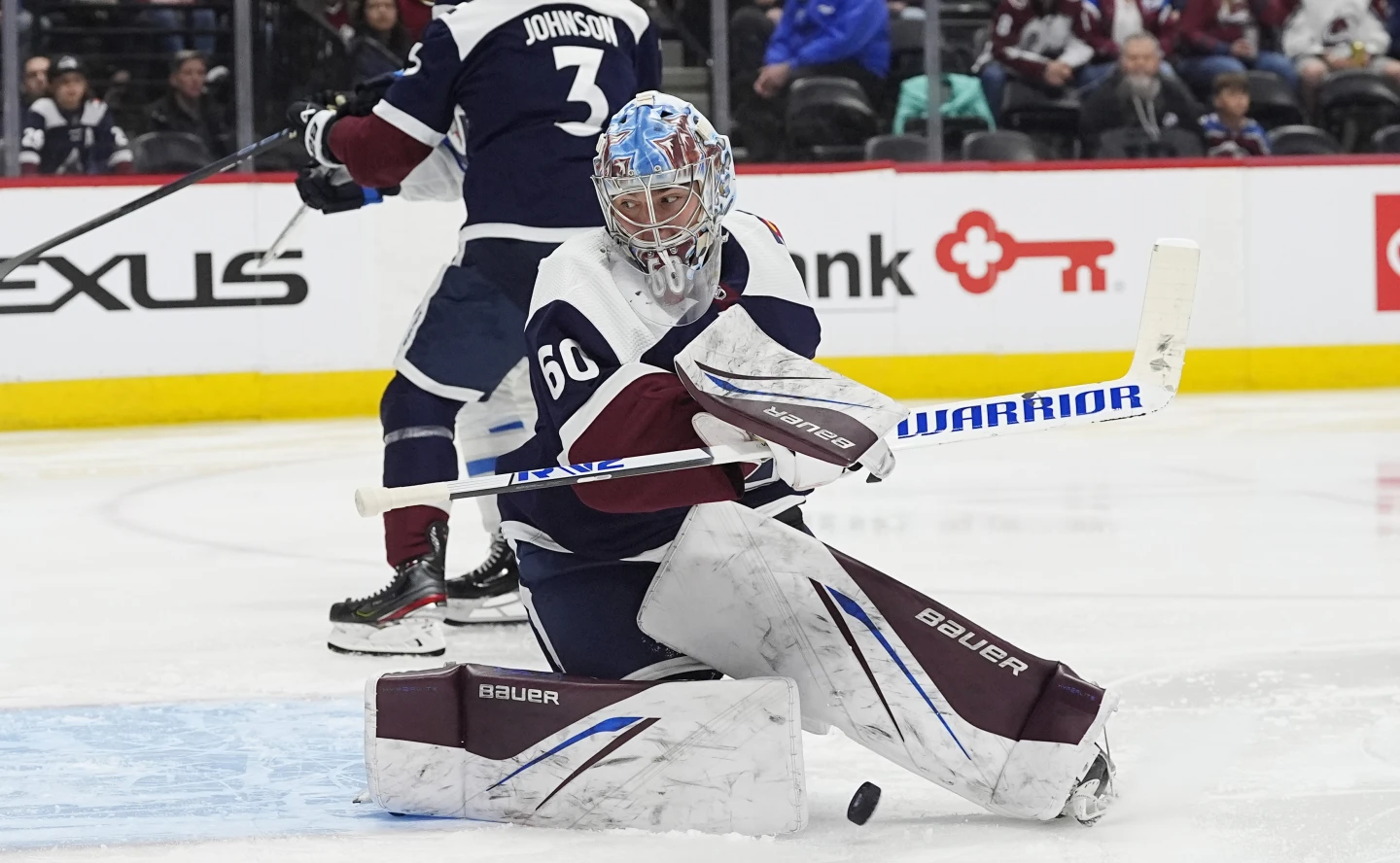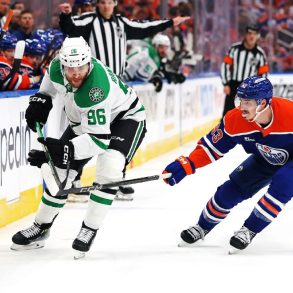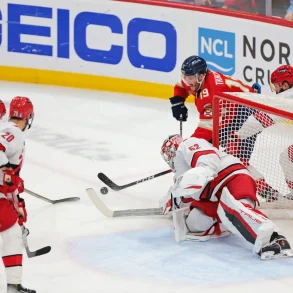Hockey arenas are packed, and NHL games are a regular sight on TV screens across North America. Spectacular goals are sparking conversations almost every day, and even popular shows like “The Pat McAfee Show” have segments dedicated to celebrating the sport.
When you put all these pieces together, it’s clear that more people are paying attention to hockey than ever before as the playoffs kick off this weekend.
The NHL is experiencing a significant resurgence from the pandemic, with robust business growth.
Thanks to new media rights deals, digital advertising on dasher boards and player gear, and the introduction of ads on helmets and jerseys, the league is enjoying higher ratings, record attendance, and unprecedented revenue — estimated at around $6.2 billion annually.
Tom Gargiulo, the chief marketing officer at Bodyarmor, which recently signed a deal to become the NHL’s sports drink sponsor, sees this as a sign of the sport’s evolution and its promising future.
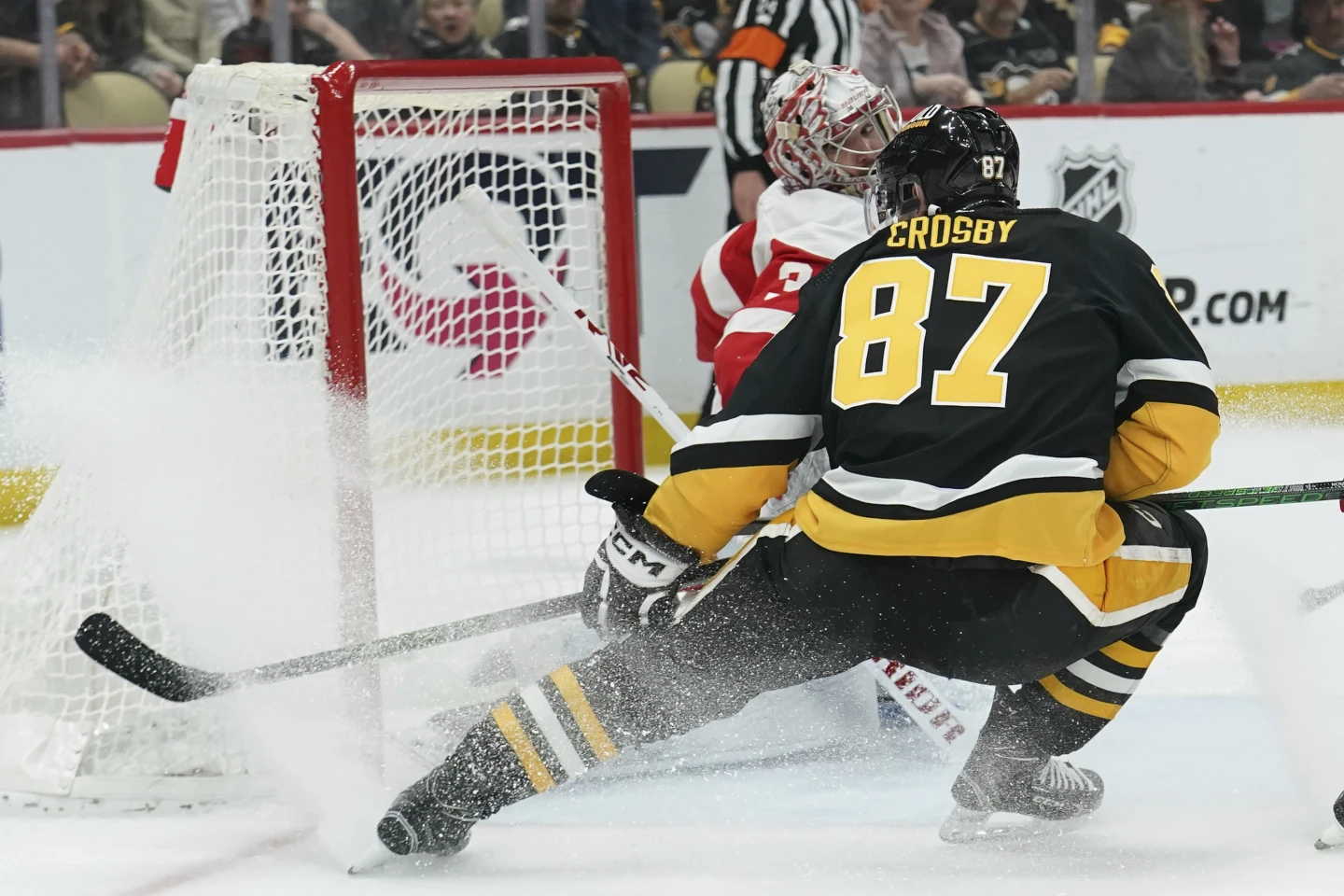
Commissioner Gary Bettman attributes much of this success to the thrilling action on the ice, which he believes has never been more compelling, competitive, or skillful.
With almost six goals scored per game, established stars like Sidney Crosby and Alex Ovechkin continue to shine, while the likes of Connor McDavid, Auston Matthews, and Nathan MacKinnon are in their prime. And with up-and-coming talents like Connor Bedard on the horizon, the NHL’s future looks bright.
NEW FANS
Highlighting star players more effectively in a sport that emphasizes teamwork has played a big role, with arenas filled to nearly full capacity by 22.5 million fans.
League officials credit ESPN and Turner for boosting viewership by 7% in what’s been the most-watched NHL season on cable in three decades.
Kyle McMann, senior VP of North American business development, notes the league’s growing appeal among female and diverse fans, who are discovering and enjoying hockey in increasing numbers.
Innovative efforts such as puck and player tracking, as well as animated versions of games aimed at younger audiences, have contributed to this success.

Despite past missteps like the glowing puck experiment, experts applaud the NHL for continuously engaging its audience in a competitive sports market.
Lauren Anderson, director of the Warsaw Sports Business Center at the University of Oregon, praises the NHL for its willingness to try new things and adapt, even when initiatives don’t always pan out.
Salvatore Galatioto, who heads a sports finance and advisory firm and teaches marketing at Columbia, commends the NHL for expanding its fan base beyond traditional markets despite the sport’s high cost of participation. He emphasizes the importance of attracting more viewers to sustain growth.
SELLING THE GAME
Since joining the NHL in 2016, Chief NHL Content Officer Steve Mayer has been dedicated to finding fresh and creative ways to present the sport. This includes organizing events like the playoff bubble in 2020, outdoor games, and revamping the All-Star weekend.
Mayer emphasizes that their goal isn’t to change the game but to showcase it in ways that appeal to a wider audience. He believes that once people watch hockey, they’ll become fans.
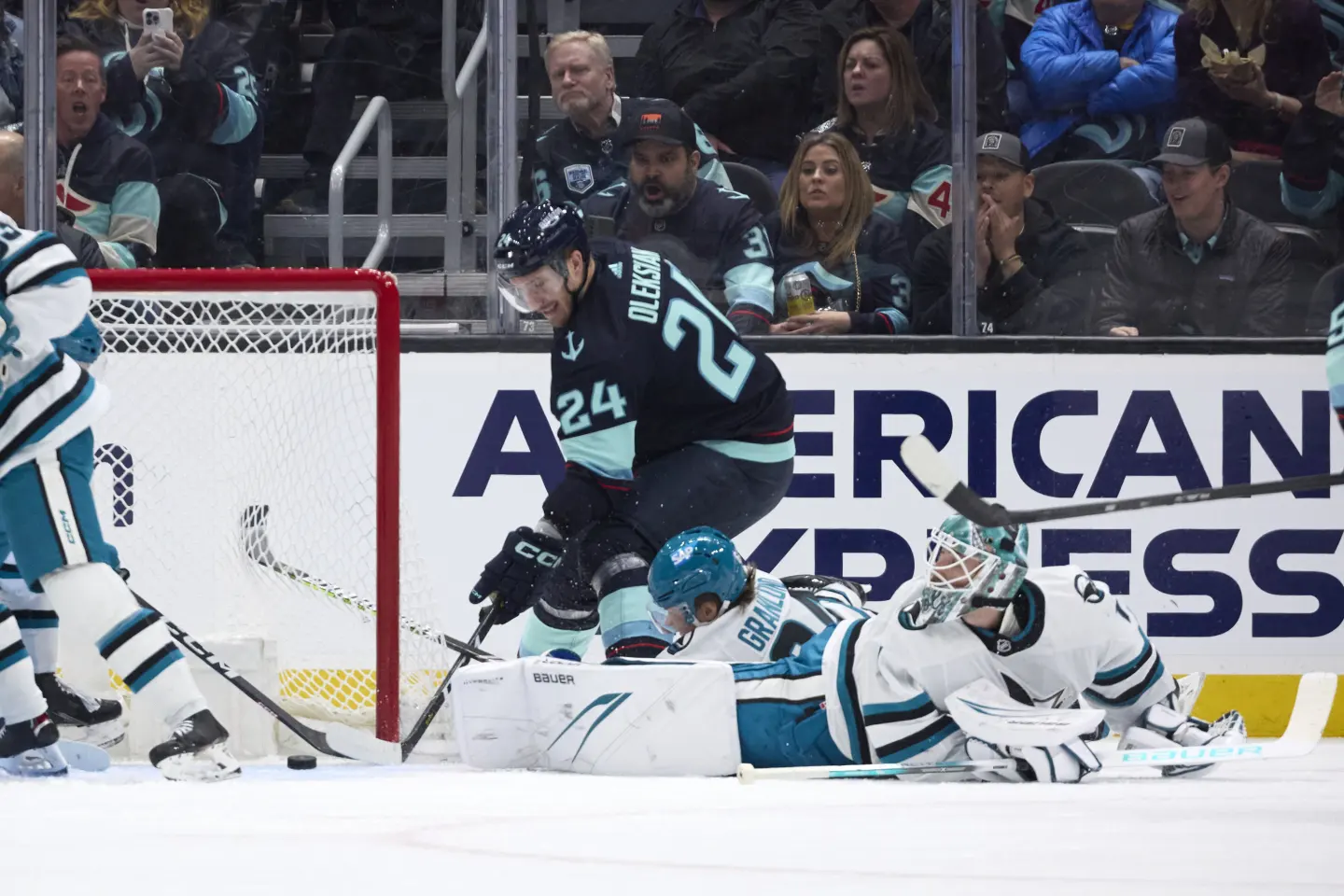
At the heart of the NHL are its players, and Mayer acknowledges the importance of a collaborative relationship with the NHL Players’ Association.
This partnership has led to significant agreements, such as extending the collective bargaining agreement and ensuring NHL players participate in the Olympics again.
Marty Walsh, the union’s executive director, highlights the shared commitment between the league and the players’ association to grow the sport and enhance its appeal to fans.
WORK TO DO
The NHL still has some ground to cover compared to the NFL, NBA, and Major League Baseball in terms of revenue. However, aiming for $10 billion in revenue before the decade ends isn’t out of reach.
“We’re committed to reaching that goal, but it will take time and a different approach,” said chief business officer Keith Wachtel. “Hockey has always been about teamwork, but we also have amazing players and personalities.”
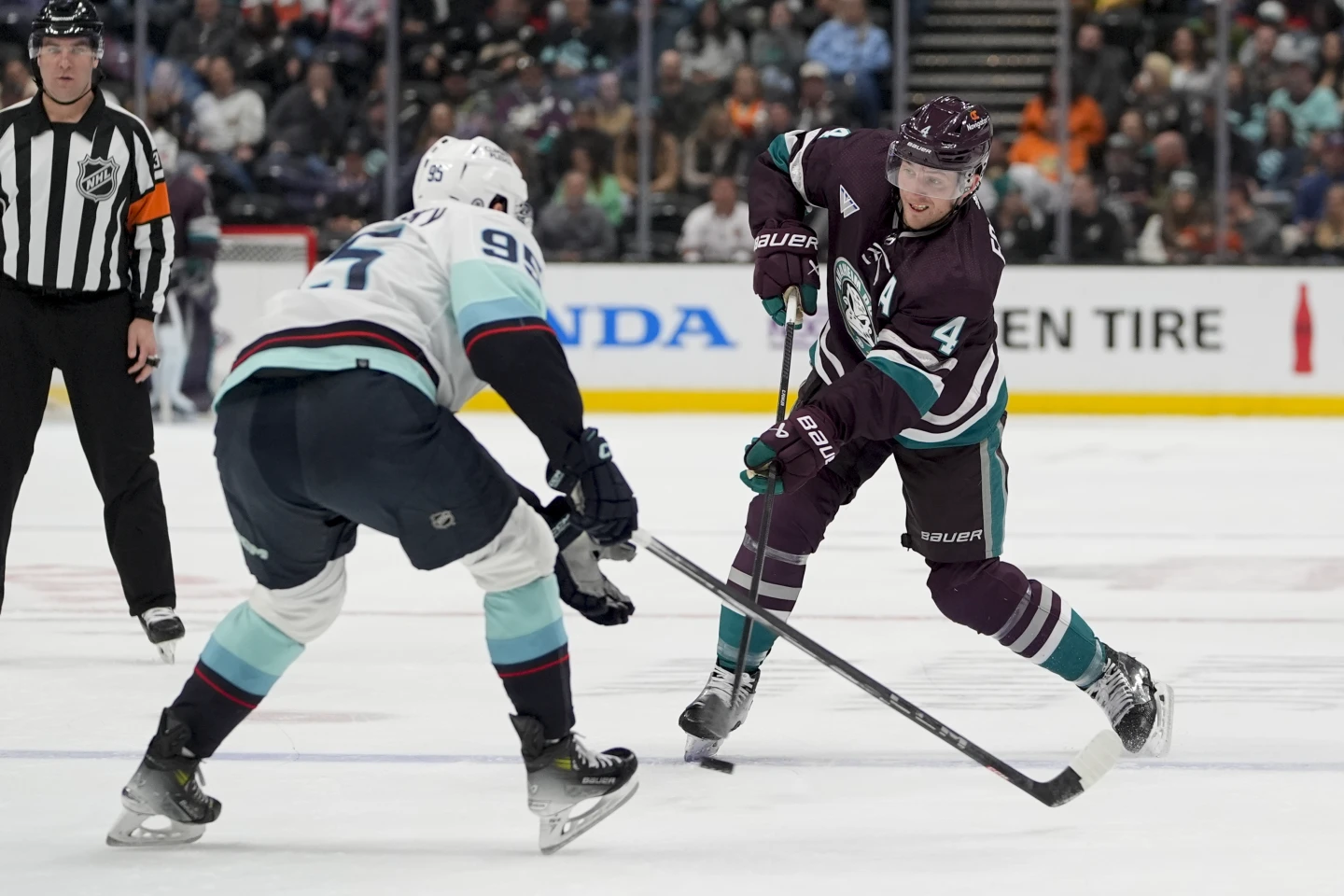
One challenge is getting fans to watch games beyond their favorite teams. However, there are signs of progress, with jerseys of players like Bedard (Chicago) and Panarin (New York Rangers) selling well this season. Even when Canadian teams play, TV ratings remain strong in the U.S.
Executive VP of Marketing Brian Jennings, who has been with the NHL for over three decades, noted the growing interest in the league. “Many are eager to join the success,” Jennings said. “The future looks very promising for us.”



